|
MycoBank Taxonomy: Fungi, Dikarya, Basidiomycota, Agaricomycotina, Agaricomycetes, Polyporales, Phaeolaceae, Wolfiporia Wolfiporia (Polyporaceae, Basidiomycota) would be an unremarkable fungus—exciting only to specialists of resupinate polypores and other lovers of such crusty things—if not for its mega-sized, medicinal sclerotium. A sclerotium (plural: sclerotia) is a compact mass of hyphae, typically with a melanized rind, that serves as a “resting” structure for survival during periods of unfavorable conditions such as drought and fire. With a diameter sometimes exceeding two feet, a weight up to seven pounds, and a thick, bark-like husk, Wolfiporia sclerotia resemble a large, buried coconut. The genus name Wolfiporia honors Frederick Wolf, the first Western mycologist to publish the link between these mysterious underground mycelial masses and their inconspicuous mushrooms in 1922 (1). Called fuling (茯苓) in Chinese, Wolfiporia sclerotia have been revered in traditional Chinese medicine for over 2000 years (2). Previously classified as Wolfiporia cocos (or synonyms such as Poria cocos, Pachyma cocos, and W. extensa), recent studies have clarified that W. cocos is actually restricted to North America and the name W. hoelen best applies to the Chinese species (3–5). Common names in English include Indian bread and tuckahoe—an Anglicized Native American word appropriated by white botanists for Wolfiporia cocos (1). When researching and shopping for fuling, you’ll encounter all these different names, which can make things pretty confusing!
0 Comments
BackgroundEarlier this year, I published an article in the journal Mycologia entitled “Not all bad: Gyromitrin has a limited distribution in the false morels as determined by a new ultra high-performance liquid chromatography method”, the findings of which are summarized here. Gyromitrin is a mycotoxin found in some false morels, also known as lorchels (mushrooms in the genus Gyromitra), and is highly toxic. However, methods exist to process toxic lorchels (particularly Gyromitra esculenta) to rid the mushrooms of most of their gyromitrin, allowing them to be eaten without suffering acute illness. People rave about the taste of these mushrooms. In North America, Gyromitra brunnea, Gyromitra caroliniana, Gyromitra korfii, and Gyromitra montana are commonly consumed without special preparation, but not without controversy. Some anecdotally regard these species to be free of gyromitrin and safe to consume after thorough cooking. Others caution against eating any lorchels for fear that they may contain gyromitrin. Before our publication, no systematic study had been conducted to evaluate the distribution of gyromitrin in lorchels or the lorchel family broadly (Discinaceae). For more information on the chemistry of gyromitrin and a review of the relevant literature, please see the introduction in our paper, a PDF of which is available for free here.
The 2022 mushroom season is here! Yet again, I ask for your assistance in collecting lorchels and related mushrooms (Discina, Gyromitra, and Hydnotrya) to help determine the distribution, genetics, and evolution of gyromitrin. Gyromitrin is a mycotoxin produced most infamously by Gyromitra esculenta, a deadly poisonous mushroom that is consumed as a delicacy in Finland (after being properly prepared to remove most of the gyromitrin). We actually have no idea which genes make gyromitrin, how gyromitrin biosynthesis evolved in lorchels, or for that matter which species produce gyromitrin. I’m attempting to answer these questions for my PhD research! If you'd like to read more about the project, you can find a longer description in the research section of my website. If you were able and willing, I’d greatly appreciate donations of any and all fungal specimens in the family Discinaceae (Gyromitra, Discina, and Hydnotrya). If you would like to donate any that you find for this project, a few things need to happen for the specimen to be usable:
MycoBank Taxonomy: Fungi, Dikarya, Basidiomycota, Agaricomycotina, Agaricomycetes, Polyporales, Fomitopsidaceae, Ischnoderma The process by which a mushroom earns the badge of "edibility" is mysterious and fascinating to me, a product of time and place and culture. Ischnoderma resinosum, or the velvet polypore, is one that is generally regarded as inedible, and not for bad reason – the mature sporocarps are tough tough. But there seems to be a growing recognition that the young polypores are indeed edible, and not half bad at that. I myself was surprised when I first learned about somebody eating these, a Russian mushroom hunter in Madison, Wisconsin. Not only did he eat the velvet polypore, but he claimed it was his very favorite mushroom of all. I first sampled Ischnoderma resinosum with my older sibling in Toronto. After explaining to them that this mushroom was safe to eat because a knowledgeable Russian said so, and enjoying the meal with no health repurcussions, they now send me pictures excited to have found the "Russian polypore" again – a good example of the randomness and obscurity of the birthing of some common names.
MycoBank Taxonomy: Fungi, Dikarya, Basidiomycota, Agaricomycotina, Agaricomycetes, Phallomycetidae, Gomphales, Gomphaceae, Gomphus Now and again, a supportive fan of the 1001 Mushroom Project will offer up some of their mushrooms for me to eat and blog about. Because I want to go through the whole process myself (finding, identifying, preparing, and eating a new species), I almost always decline their generous donations, But when a mushroom hunter shared with me photos of these gorgeous lilac "chanterelles", Gomphus ludovicianus, and asked if I'd like them for eating – they'd collected them before but weren't a big fan, or eating any mushroom for that matter – how could I say no?
ACTION ITEM: Sign a petition in support of students who want to change the name of the Entomological Society of America's annual competition, the Linnaean Games, and read their open letter to the ESA board on why it is necessary to do so. The text below offers further encouragment and background information, which is certainly relevant to mycologists as well. Carl Linnaeus is one of many white historical figures whose legacy has been warped over time to hide away problematic aspects. We learn about Linnaeus at a very early age as the inventor of Latin binomials, a system of naming living organisms that is now highly encoded and regulated process for all life forms, including fungi. But what we don't learn about in school is his deeply racist beliefs of white supremacy, which were preserved in his scientific writings as an ordination of human races and ascription of pejorative moral and behavioral qualities to non-white people. It's awful stuff. As Linnaeus is the father of taxonomy, he is equally the father of scientific racism.
MycoBank Taxonomy: Fungi, Dikarya, Basidiomycota, Agaricomycotina, Agaricomycetes, Polyporales, Polyporaceae, Polyporus This magnificent and exceptionally delicious mushroom is universally regarded as rare. While mushroom hunters may never see Polyporus umbellatus, if you do find it, you will be able to come back year after year to the same location for a new harvest. P. umbellatus grows from the ground as a parasite and saprobe of the roots of hardwood trees. It appears from May to October (spring and fall, but typically not summer) across North America, growing as a fractal rosette of umbrella-shaped fronds. For some people, the mushroom has less appeal than what is going on in the soil. Over many years perhaps, P. umbellatus forms a large subterranean mass called a sclerotioum. Sclerotia are hard resting structures capable of longterm dormancy for survival in drought and cold. Some sclerotia are small like seeds and others are as big as basketballs. In the case of P. umbellatus, the sclerotia can be enormous, more than a foot in diameter, with a solid, corky interior and black rind. In traditional Chinese medicine, the sclerotium of P. umbellatus goes by the name Zhu Ling and is taken for a number of purposes, in particular as a diuretic (to stimulate urination).
MycoBank Taxonomy: Fungi, Dikarya, Basidiomycota, Agaricomycotina, Agaricomycetes, Polyporales, Fomitopsidaceae, Laetiporus Laetiporus sulphureus is a magnificent mushroom, easily identifiable by its bright yellow pore surface and overlapping, shelf-like growth on the standing or fallen trunks of hardwoods. It might just be my all-time favorite mushroom. The young mushrooms check all the boxes of a great wild edible:
That's right, if you find a mega flush, there will likely be more chicken than you can eat yourself and others will be eager to buy it from you. In Ann Arbor, chicken of the woods fetches about $16 a pound. The flush documented here, which I found when the mushrooms were just starting to bubble out of a large downed trunk, yielded about 50 pounds of tender chicken over the span of a week.
MycoBank Taxonomy: Fungi, Dikarya, Basidiomycota, Agaricomycotina, Agaricomycetes, Polyporales, Polyporaceae, Noefavolus Mushrooms referred to as the hexagonal-pored polypore, or Neofavolus alveolaris, are common and widespread across eastern North America in the spring. They can persist through the summer, fall, and even into the winter, becoming hardened and bleached over time. Despite the common name, the pores are rarely perfectly hexagonal, instead usually vaguely and irregularly polygonal. Regardless, the hairy/scaly orange cap and large, elongated pores make this mushroom easily recognizable – that is, if we actually knew what we were identifying. Neofavolus alveolaris represents a number of cryptic species, which may not be all that suprising given that name has been applied to similar mushrooms occurring in temperate and boreal areas across the entire Northern Hemisphere (Sotome et al. 2013).
Mycobank Taxonomy: Fungi, Dikarya, Basidiomycota, Agaricomycotina, Agaricomycetes, Agaricomycetidae, Agaricales, Psathyrellaceae, Coprinellus Coprinellus truncorum (or more commonly referred to as C. micaceus - more about that later) is an inky cap, which means before you know it, the mushroom will enzymatically digest itself in a soppy process called deliquescence. Inky caps are really the milquetoasts of the mushroom world, turning into complete mush soon after fruiting. Deliquescence is much more than feebleness, though. It is a process of spore dispersal that has evolved independently in multiple lineages of mushrooms. Deliquescence starts at the edge of the cap and moves towards the stem. Meanwhile, the spores mature in the same pattern, but one step ahead of the destructive enzymes. As a result, mature spores are always at the edge of the dissolving cap - a perfect position to catch air currents for dispersal. If you are interested in learning more about inky caps and their taxonomy, check out Michael Kuo's page on the topic.
For Michigan and much of the upper Midwest and Northeast, May marks the beginning of the six-month mushroom-hunting season and is heralded by a unique cast of tasty fungi. I recently received an email from the Michigan Mushroom Hunter's Club that listed the 26 species of common macrofungi that can be found in May. This list comes from a 1986 article by Walt Sturgeon entitled "May in Michigan Means Morels and More", which is what my alliterative header pays homage to. I wanted to share the list here, both as a phenological resource as well as a reference of edibility. The names are updated to reflect current taxonomy:
Mycobank Taxonomy: Fungi, Dikarya, Basidiomycota, Agaricomycotina, Agaricomycetes, Agaricales, Mycenaceae, Sarcomyxa I bemoan the appearance of this beautiful mushroom. The colors of the cap are wildly variable, ranging from ochre to olive-brown to steely blue-grey. It's subtended by a cute stumpy stem that is sometimes freckled. The gills are close and have an orangey-yellow color. So why does it bring me sadness? I divide my year in half: six exuberant months of mushrooms and six horrid ones of frigid temperatures, denuded vegetation, and dormant fungi. True to its name, the late fall oyster signifies the end of the mushroom season and the beginning of the long winter hibernation. In the Great Lakes region, you can find Sarcomyxa serotina growing from hardwood logs in late October and November. And, sorry to say it, there won't really be any edible mushrooms popping up again until the end of May.
Mycobank Taxonomy: Fungi, Dikarya, Basidiomycota, Agaricomycotina, Agaricomycetes, Agaricales, Agaricaceae, Lycoperdon In my opinion, unlike the giant puffball, Lycoperdon pyriforme is actually a good mushroom, even if the translation of its Latin binomial - pear-shaped wolf fart - doesn't suggest it. When young, it looks like a well-behaved toasted marshmallow with a uniform brown color on the outside and white flesh on the inside. As it matures, the entire inside is converted into spores, a tear forms on the top, and the mushroom, well, farts spores when it is impacted by raindrops, falling twigs, or other objects. L. pyriforme makes up for it’s relatively diminutive size and unfortunate Latin name by growing in large clusters on decaying hardwood and conifer stumps and logs, hence its common name: the stump puffball. Its pear-like shape, extensive white rhizomorphs, and growth on wood - a somewhat rare habit for puffballs - make this mushroom fairly unmistakeable.
Mycobank Taxonomy: Fungi, Dikarya, Basidiomycota, Agaricomycotina, Agaricomycetes, Agaricales, Pluteaceae, Pluteus Some fungi are "rare" simply because they are obscure and nobody besides myconerds looks for them. P. aurantiorugosis, on the other hand, is a gorgeous, photogenic mushroom. Despite the fact it stands out, it is seldom documented, and thus can be regarded as truly rare. For example, Michael Kuo from mushroomexpert.com has only found it once in 20 years of mushroom hunting. I am continuously surprised by the forest behind my house. It's a cruddy place - buckthorn, honeysuckle, and box elder run the woods; trash is scattered about or heaped into dumpy piles; and invasive fungal pathogens are devastating the hardwood trees. Yet, it is full of treasures. In addition to the truffle I recently found, it is also where I discovered this mushroom. The scarlet-red fruiting bodies were growing off the end of a fallen, decorticated trunk. I puzzled over them for a long time. They were so distinct yet they didn't fit any description in my head. Once I noticed the free, pinkish gills, I knew it was a Pluteus species and identification was only a quick Google search away. To my surprise, this was the first documented encounter of P. aurantiorugosis in Michigan since the 1970s!
Mycobank Taxonomy: Fungi, Dikarya, Basidiomycota, Agaricomycotina, Agaricomycetes, Agaricales, Agaricaceae, Calvatia Calvatia gigantea is not a good mushroom. It can be so huge, such a massive marshmallow, that I want so badly for it to be tasty. I’ve baked it as pizza crust, sautéed it, and deep fried it as puffball parmesan, but it’s never good. The smaller the ratio of puffball to other things (fried bits, sauce, veggies) the better. I’m no mathematician, but I think if you take that property to it’s limit, the best puffball dish is one that does not contain any puffball at all. In my opinion, this mushroom smells and tastes chemically, like a permanent marker. Chalk it up to bad cooking or subpar specimens, but I would argue that I’m a pretty good cook and that I’ve selected the finest, youngest, whitest, firmest, maggotless puffballs around, but Calvatia gigantea still makes good food taste bad. It’s not a good mushroom.
|
PermalinksProject Introduction Top EdiblesHericium coralloides
Laetiporus sulphureus Morchella americana Polyporus umbellatus Suillus ampliporus Archives
April 2023
Categories |
|
|
Terms of Use, Liability Waiver, and Licensing
The material on aldendirks.com is presented for general informational and educational purposes only, and under no circumstances is to be considered a substitute for identification of an actual biological specimen by a person qualified to make that judgment. Some fungi are poisonous; please be cautious. All images on this website are licensed under Attribution-NonCommercial-NoDerivatives 4.0 International (CC BY-NC-ND 4.0). |

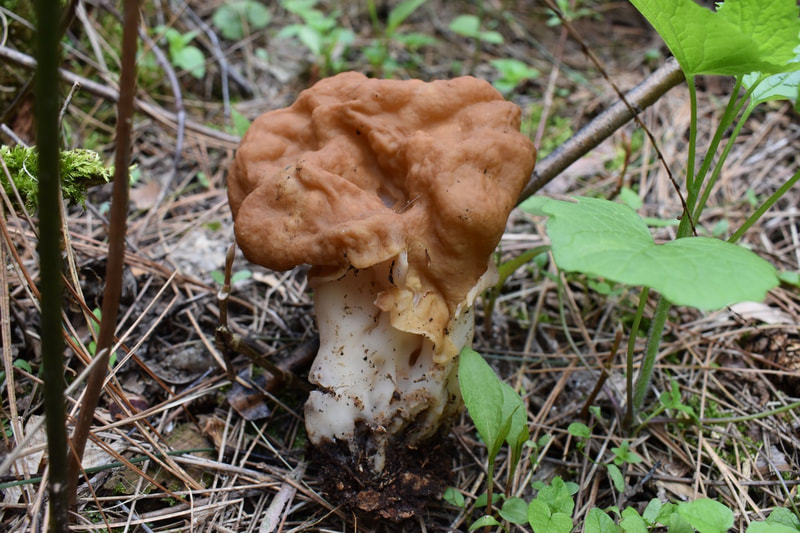
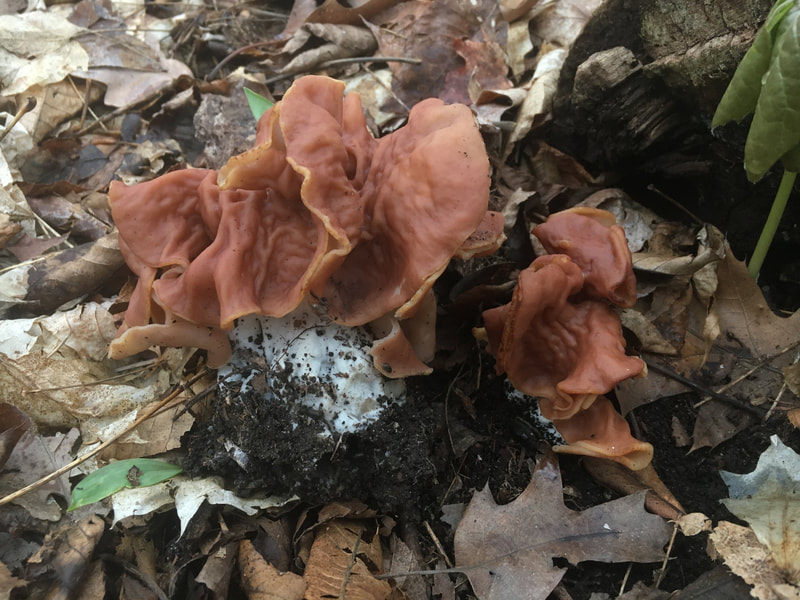
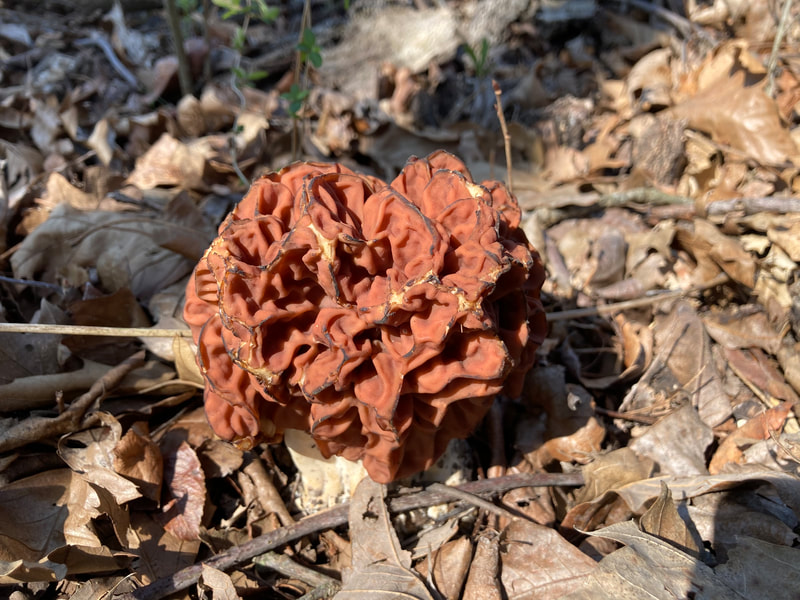
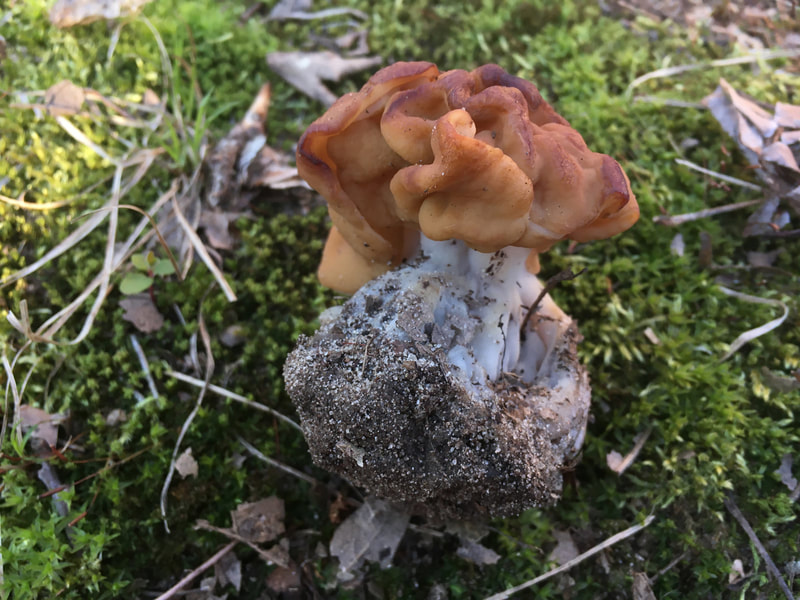
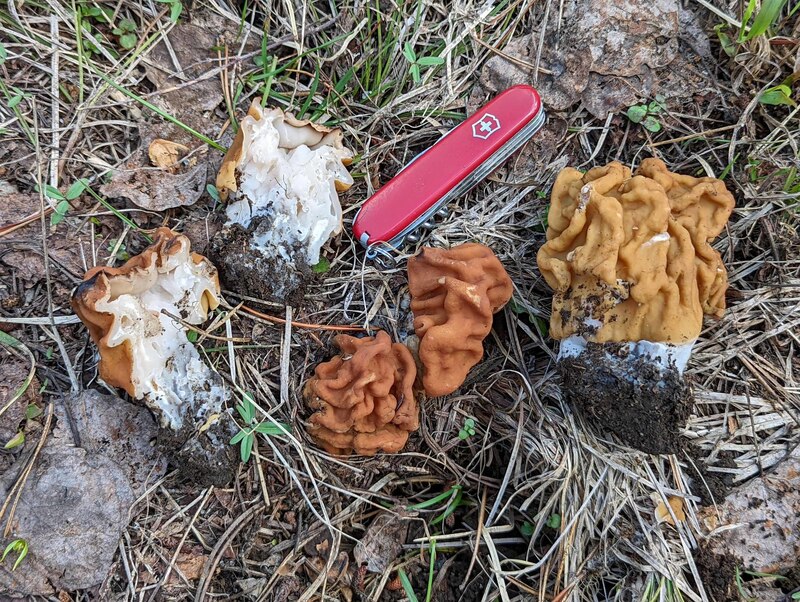
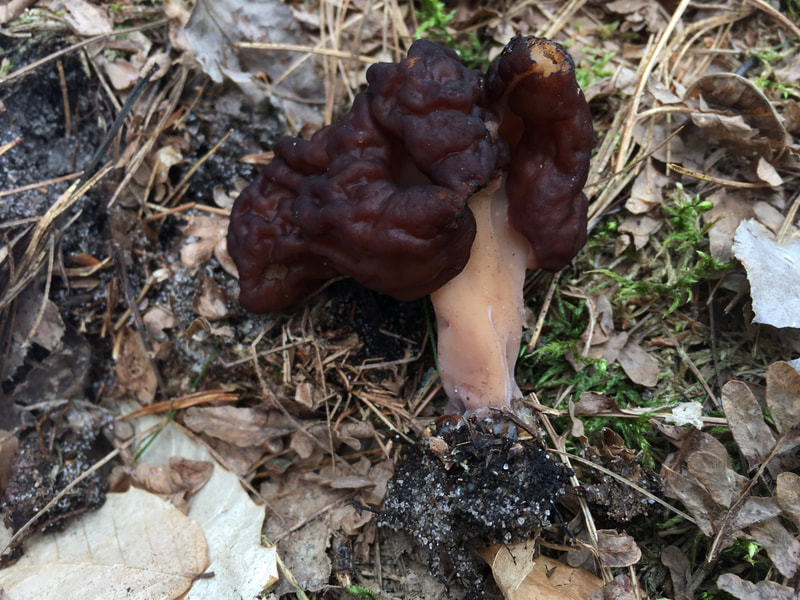
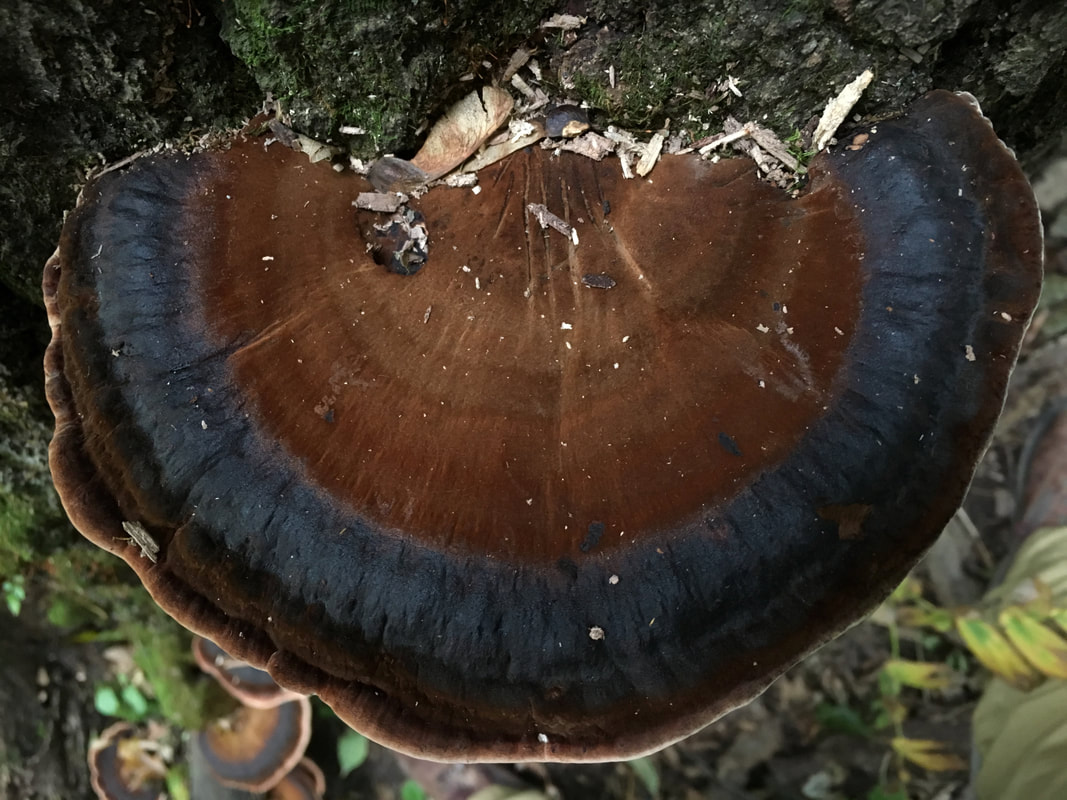
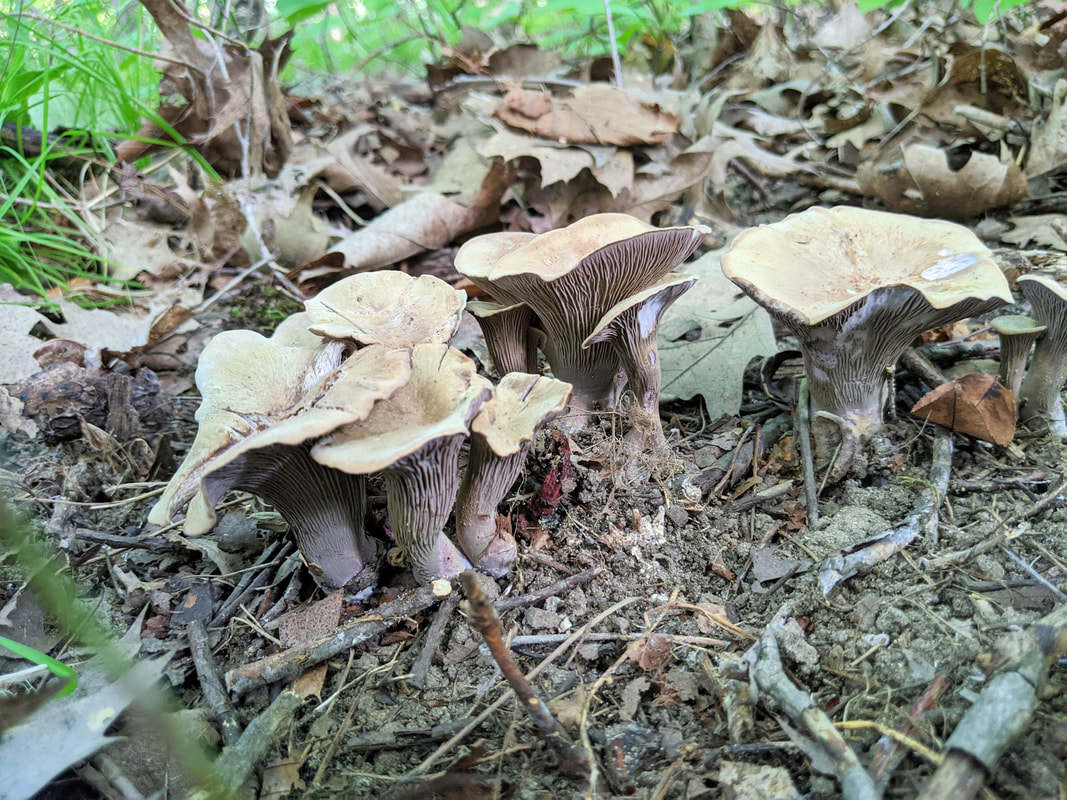
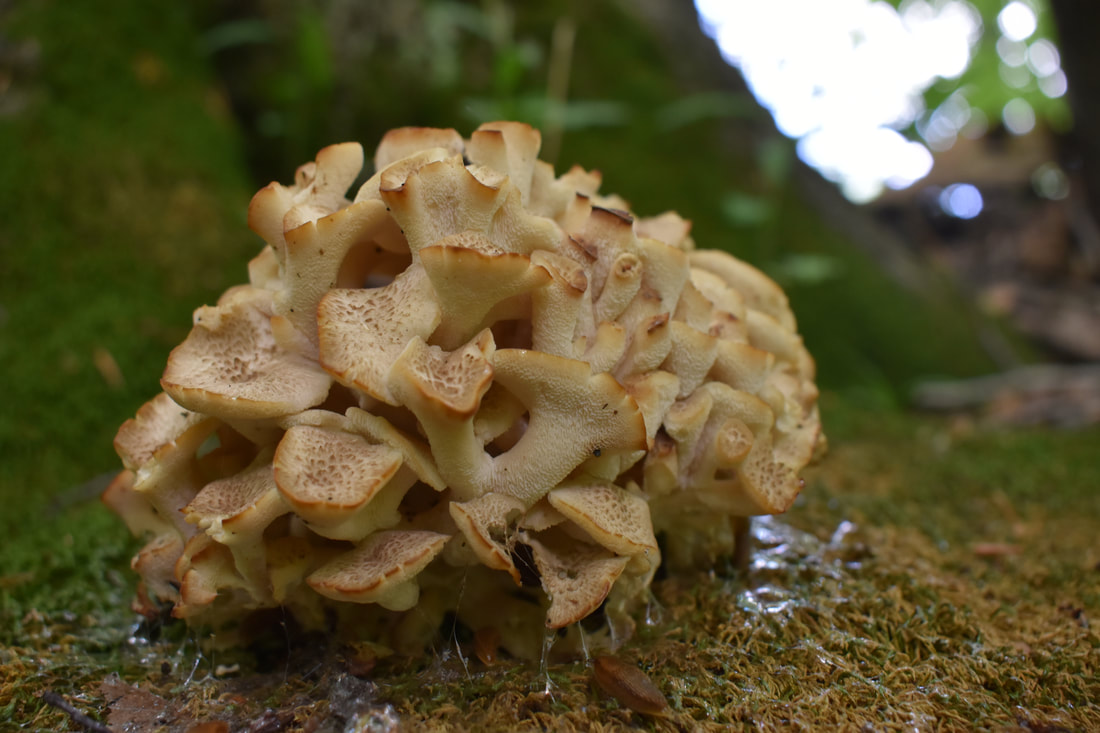
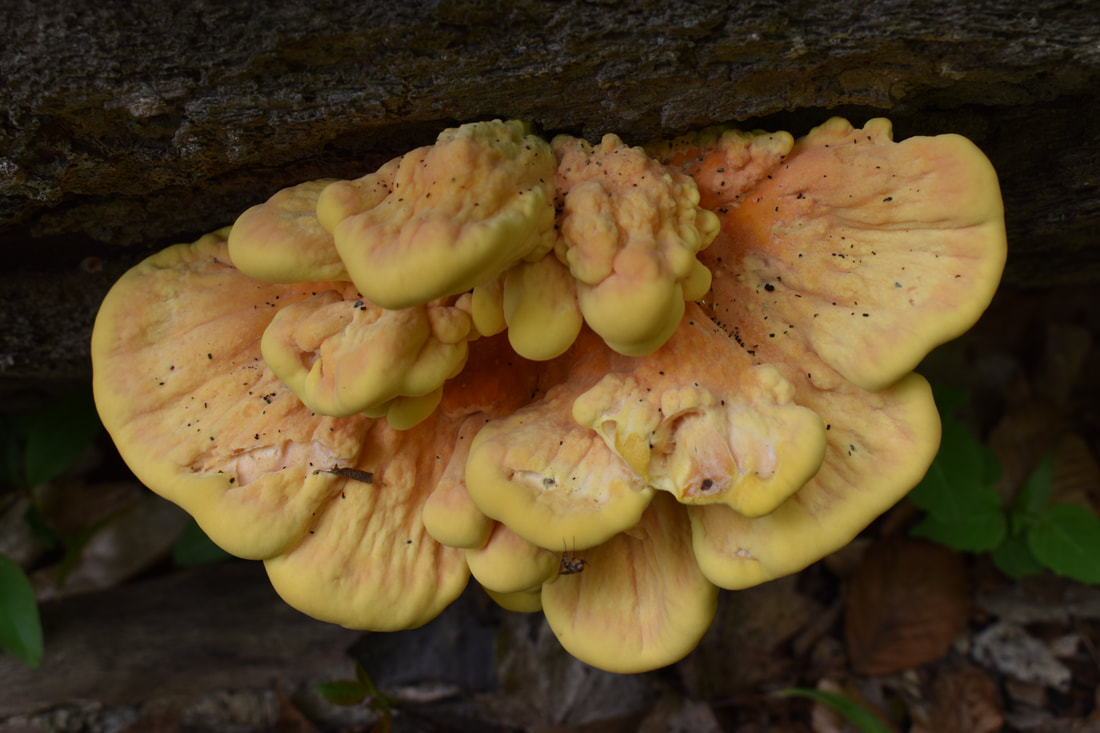
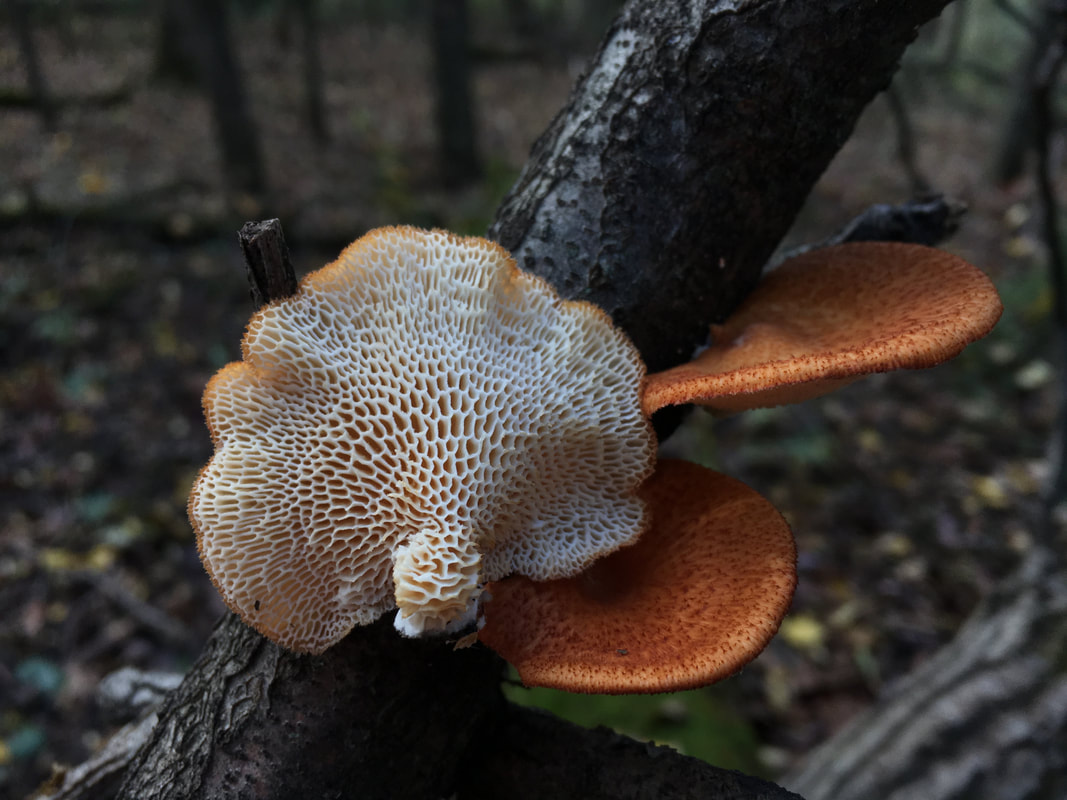
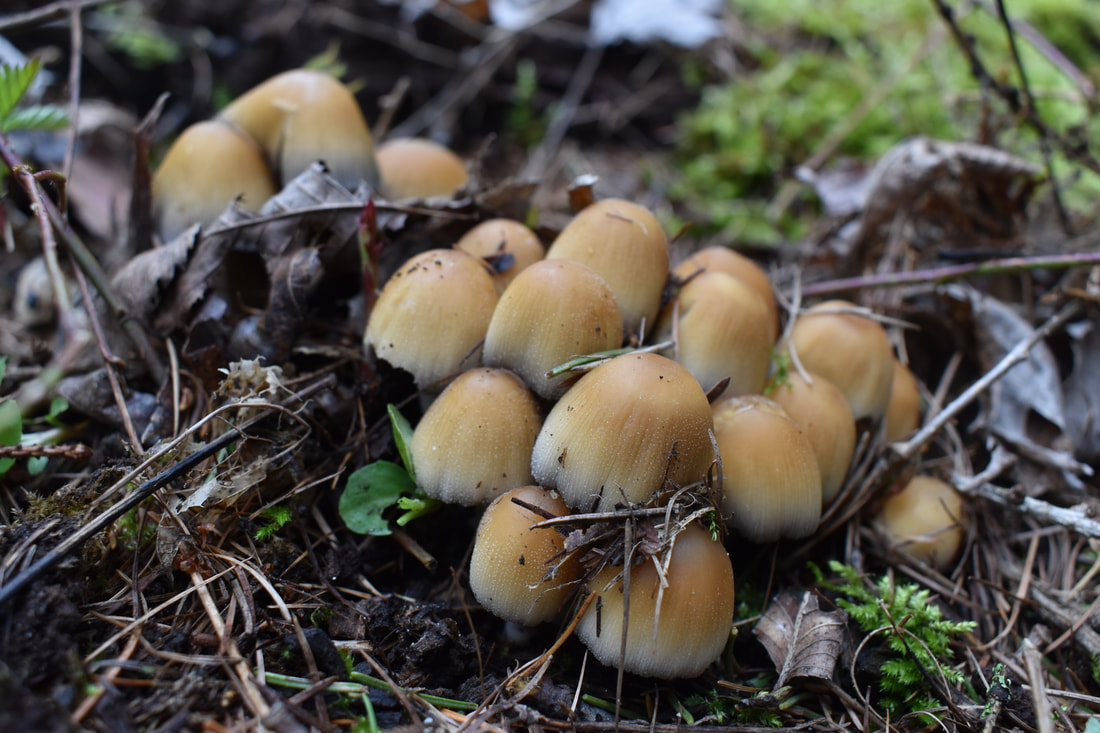
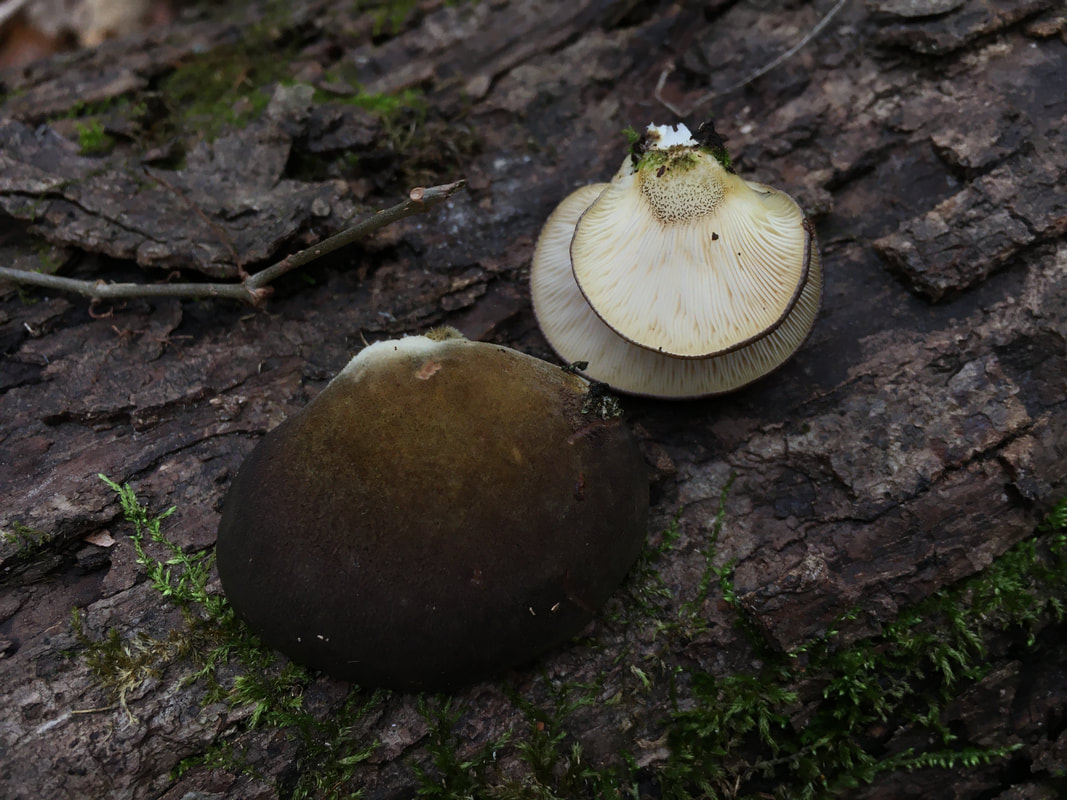
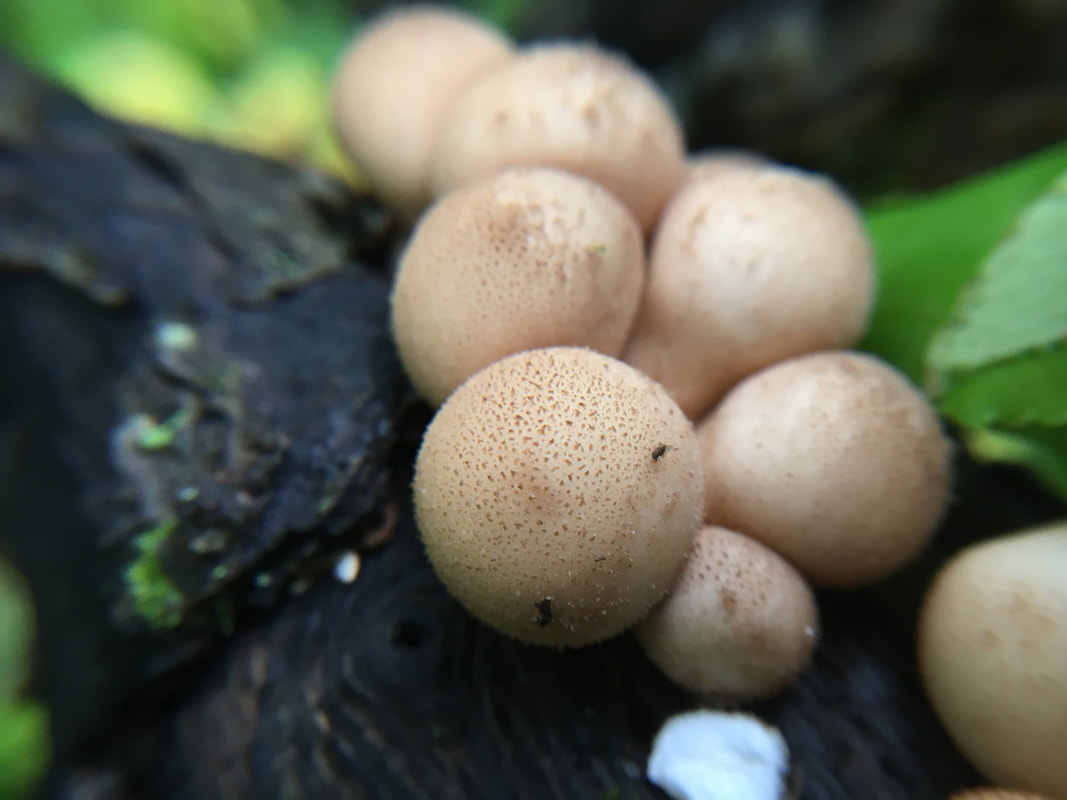
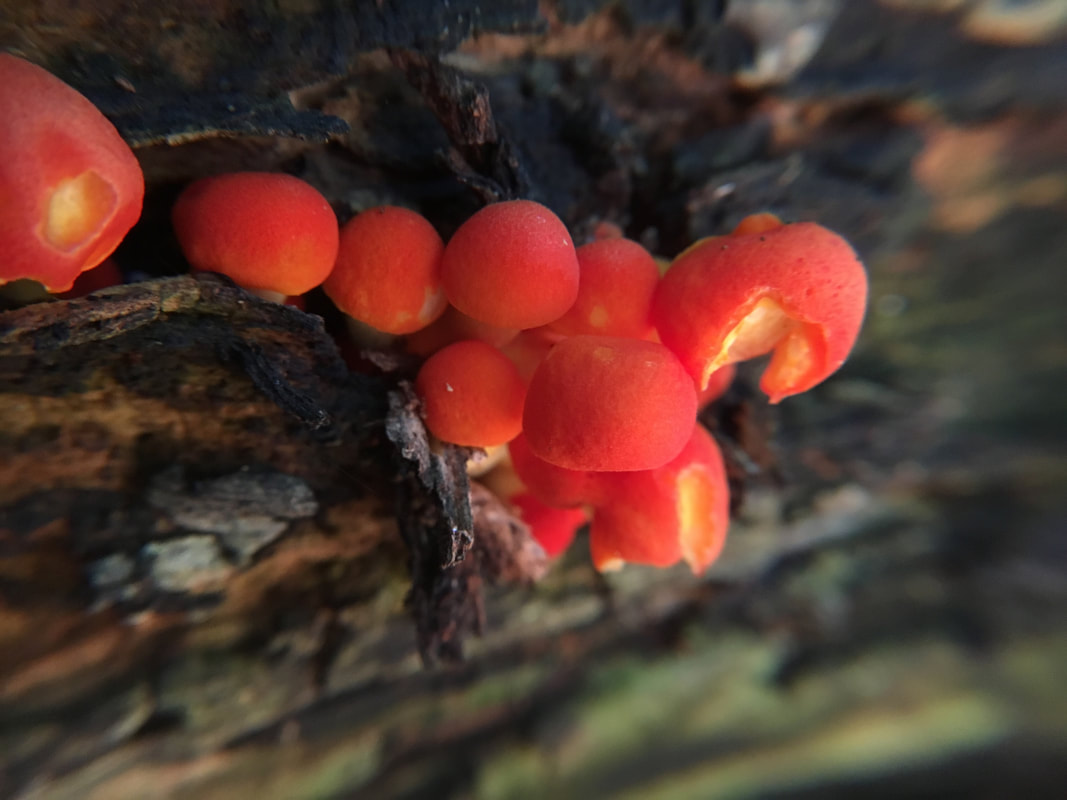
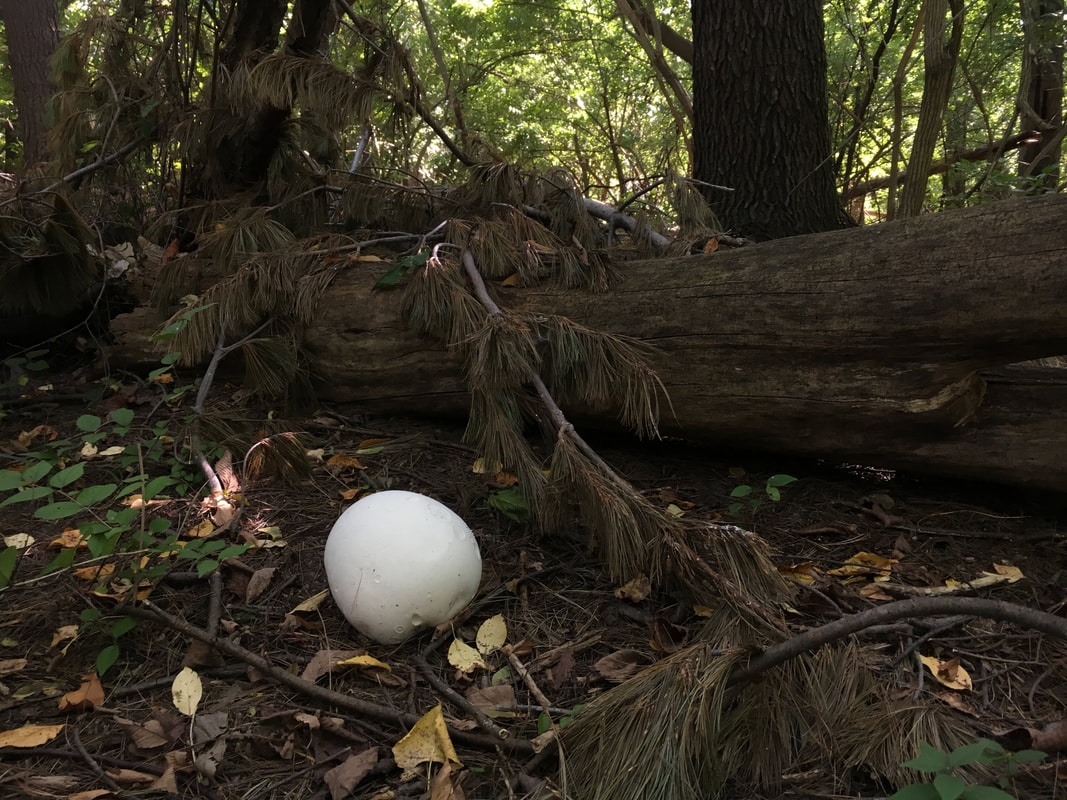
 RSS Feed
RSS Feed




